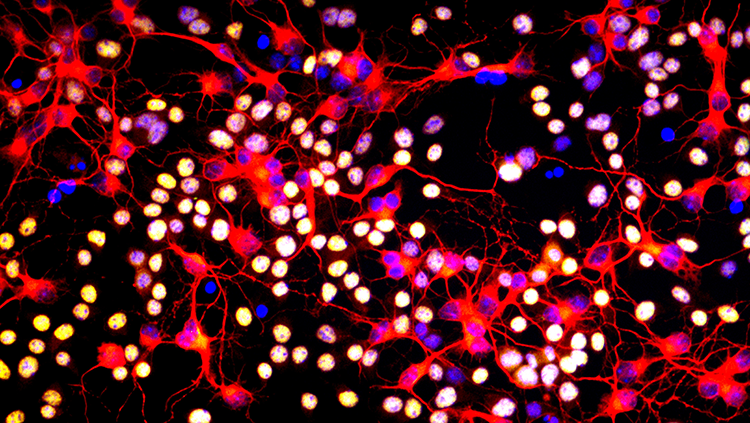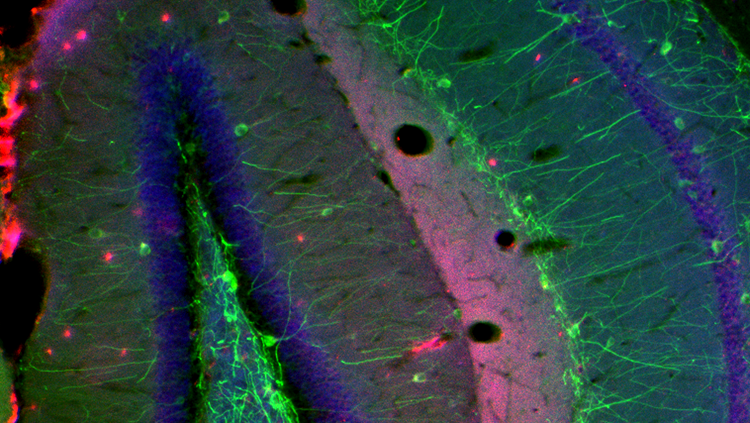From cars in a traffic jam to coal-fired plants powering cities, people across the globe get exposed to air pollution in their daily lives. But depending on where they live, some people encounter more pollution than others. This chronic exposure can trigger inflammation in the body, including the brain.
Inflammation is associated with a variety of neurological disorders and conditions, including Parkinson’s disease and depression. Now, neuroscientists are digging into how pollutants reach the brain and trigger inflammation in the first place, and which ones pose the greatest threats to human health.
Storyboard and animation produced by Midnight Snacks for BrainFacts.
Scripting by Bella Isaacs-Thomas.
Editorial Production by Bella Isaacs-Thomas and Tristan Rivera.
Scientific Review by Clara Zundel.
CONTENT PROVIDED BY
BrainFacts/SfN
Transcript
[Music plays, car drones]
Whether they originate from cars, factories [crackling], or wildfires, pollutants linger in the air we breathe.
When these tiny particles [sniff] enter our bodies, they can take a [coughs] toll on our health.
Today, virtually everyone across the globe encounters enough air pollution [ding] to put them at a higher risk of health issues, like stroke or cardiovascular disease.
But neuroscientists are taking a closer look at how air pollution may affect brain health.
When we breathe in [inhale] polluted air, some of the microscopic heavy metals, gases, and particles in that air can trigger inflammation throughout the body, including the brain.
Under normal circumstances, inflammation is an important immune response.
It helps our bodies heal from acute injuries or infections.
Usually, this process stops when immune cells tasked with addressing those threats finish their job.
But when we regularly breath in polluted air, this consistent exposure [ugh] can confuse our immune system, leading it to inadvertently start harming healthy tissues over time.
Persistent neuroinflammation has been associated with a range of developmental, neurodegenerative, and mental disorders.
Researchers are still parsing which air pollutants are most harmful and how they make their way [woosh] to the brain
to better understand how we can address chronic inflammation in the brain and protect human health.
[Light splash, swoosh, light splashes]
[Music stops]
References
Costa, L. G., Chang, Y. C., & Cole, T. B. (2017). Developmental Neurotoxicity of Traffic-Related Air Pollution: Focus on Autism. Current Environmental Health Reports, 4(2), 156–165. https://doi.org/10.1007/s40572-017-0135-2
Dash, U. C., Bhol, N. K., Swain, S. K., Samal, R. R., Nayak, P. K., Raina, V., Panda, S. K., Kerry, R. G., Duttaroy, A. K., & Jena, A. B. (2025). Oxidative stress and inflammation in the pathogenesis of neurological disorders: Mechanisms and implications. Acta Pharmaceutica Sinica. B, 15(1), 15–34. https://doi.org/10.1016/j.apsb.2024.10.004
Ηow Air Pollution Affects our Health. (2024) European Environment Agency. https://www.eea.europa.eu/en/topics/in-depth/air-pollution/eow-it-affects-our-health
Lein, Pamela J., Wexler, Anthony S. Air Pollution and Brain Health. Environmental Health Sciences Center, University of California, Davis. https://environmentalhealth.ucdavis.edu/air-pollution/brain-health
Neuroinflammation: What Many Brain Diseases Have in Common. (2025) American Brain Foundation. https://www.americanbrainfoundation.org/what-is-neuroinflammation
Roy, R., & D'Angiulli, A. (2024). Air pollution and neurological diseases, current state highlights. Frontiers in Neuroscience, 18, 1351721. https://doi.org/10.3389/fnins.2024.1351721
World Health Organization. Air Pollution Data Portal. The Global Health Observatory. https://www.who.int/data/gho/data/themes/air-pollution
What to Read Next
Also In Immune System Disorders
Trending
Popular articles on BrainFacts.org
















